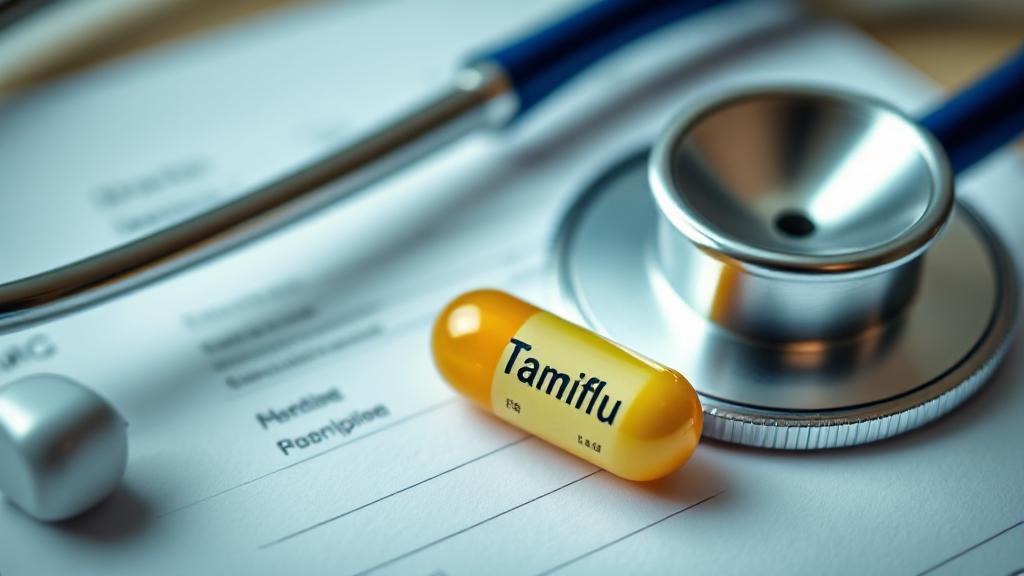Understanding Tamiflu and How It Works
Tamiflu (oseltamivir phosphate) is an antiviral medication belonging to a class of drugs called neuraminidase inhibitors. It works by blocking the neuraminidase enzyme on the flu virus's surface, preventing it from spreading between cells in your body. This mechanism helps reduce symptom severity and duration when treating the flu, and can help prevent infection after exposure.
When to Consider Taking Tamiflu
Post-Exposure Prophylaxis
Tamiflu can be used as a preventive measure (post-exposure prophylaxis) when taken within 48 hours of exposure to the flu virus. Research shows it can reduce the risk of getting the flu by 70-90% when taken properly. The standard preventive course typically involves a lower dose than treatment and lasts 7-10 days.
High-Risk Groups
Tamiflu is particularly recommended for:
- People with compromised immune systems
- Adults over 65
- Young children
- Pregnant women
- People with chronic medical conditions
- Healthcare workers
- Close contacts of infected individuals
Benefits and Effectiveness
- Significantly reduces risk of developing flu
- Decreases symptom severity if infection occurs
- Prevents serious complications like pneumonia
- Most effective when started within 48 hours of exposure
- Studies in the Cochrane Database show moderate effectiveness in preventing household transmission
Potential Side Effects
Common side effects include:
- Nausea and vomiting
- Diarrhea
- Headache
- Fatigue
- Dizziness
In rare cases, more severe side effects can occur, such as allergic reactions or neuropsychiatric events.
Cost Considerations
| Type | Approximate Cost |
|---|---|
| Brand name | $150-175 |
| Generic | $50-100 |
| With insurance | $25-60 |
Alternative Prevention Methods
Immediate Actions
- Frequent hand washing
- Avoiding touching face
- Maintaining distance from infected individuals
- Wearing a mask around sick people
Alternative Medications
- Zanamivir (Relenza): An inhaled antiviral medication
- Baloxavir marboxil (Xofluza): A newer single-dose antiviral
Making the Decision
Consider these factors when deciding whether to take Tamiflu:
- Time since exposure
- Personal risk factors
- Proximity and duration of contact with infected person
- Cost and insurance coverage
- Ability to start treatment within 48 hours
"While Tamiflu can be effective in preventing flu infection, the decision to use it should be based on individual risk factors and timing of exposure," according to the CDC's influenza treatment guidelines.
Preventive Measures for Future Seasons
To reduce the need for post-exposure prophylaxis:
- Get annual flu vaccinations
- Practice good hygiene year-round
- Maintain a healthy lifestyle
- Keep basic medical supplies on hand
For more detailed information, visit the CDC's page on antiviral drugs or consult the World Health Organization's guidelines.
